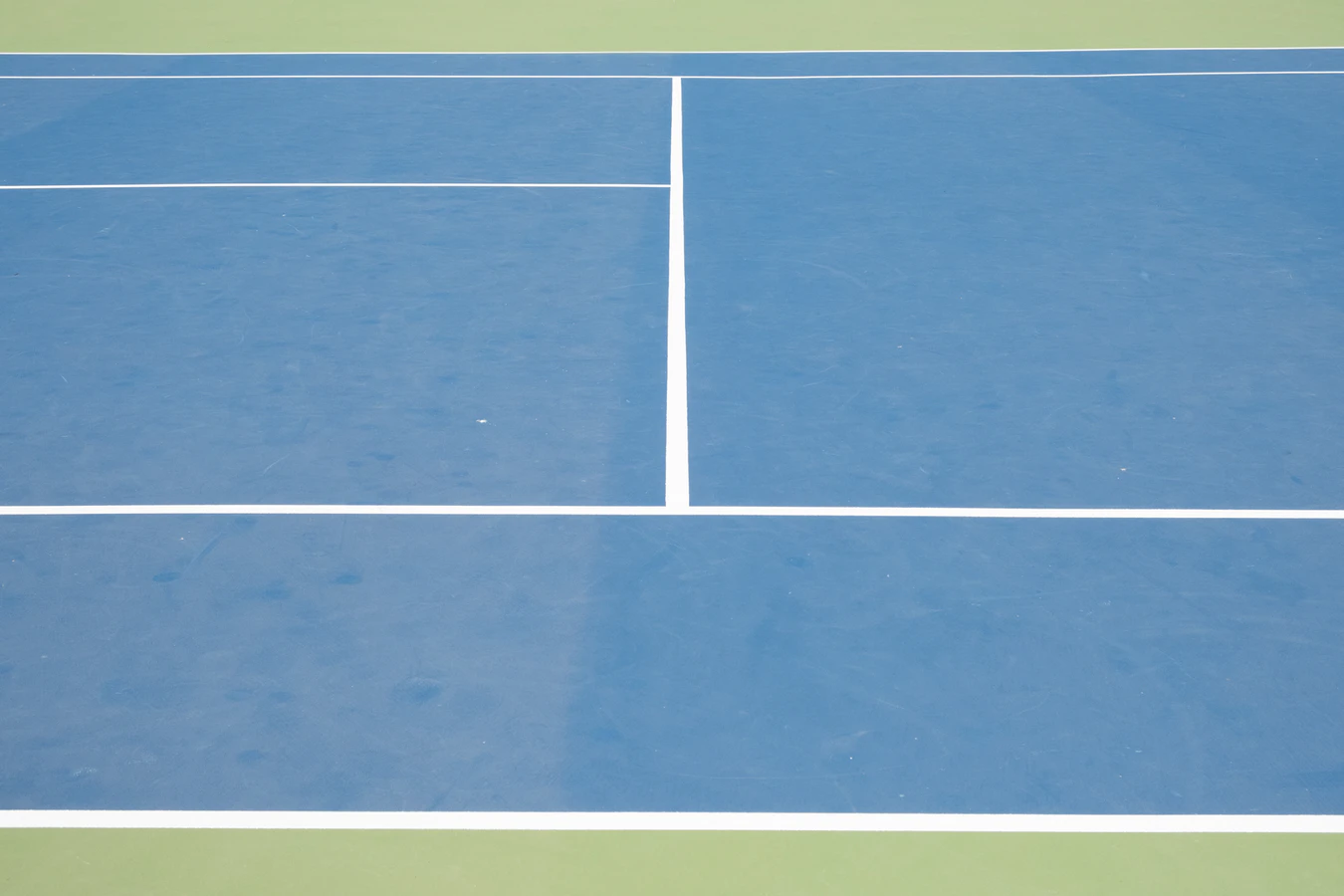What We've Learned About Universal Basic Income (UBI)
Universal basic income, or UBI, can be a bit shocking when you first hear about it. It’s the proposition that residents of a place receive recurring payments without any kind of means testing. This means that they don’t have to “deserve” UBI payments by dint of their current employment status or salary, their number of dependents, housing situation, sobriety, or participation in municipal programs. It is no-strings-attached money that recipients can use however they like.
It’s shocking because we are used to our current welfare system that demands that individuals or households meet very specific standards in order to receive any kind of benefit from food stamps to housing assistance. For example, food stamps cannot be used to purchase hot food or some kinds of snacks. In order to receive a voucher for Section 8 housing, one needs to be within a certain income bracket. Restrictions on social services and benefits are both rooted in racism and have perpetuated harm to Black and POC people in this country. These kinds of restrictions are so deeply baked into our social safety nets that it’s surprising to think about what social welfare could look like without them. UBI is one way to experiment with bolder and less racist social safety nets.
Research has shown that UBI should be considered as more than just a recurring check. UBI should be implemented alongside additional social services and support that are made available, although the money itself should come without strings attached.
Back in early 2019, Fractured Atlas started looking into UBI more seriously. We did this at the request of a foundation interested in learning more about the network of services that could be provided to artists. Even pre-pandemic, the data demonstrated that many artists were underemployed while living in our nation’s most expensive cities, often working full time as caregivers or in the gig economy, but often existing on less than $40,000 per year. Ultimately, we shelved the project after an initial exploration phase, but as others pick up this baton and keep it moving, we wanted to share some of our findings from that research in case it’s useful to those efforts.
Here are a few facts and perspectives that emerged in the research that might pique your interest.
1. UBI must incorporate additional social services and programs
“Boston’s Moving to Opportunity program found positive outcomes related to their housing voucher experiment that included supplemental aid in the form of counseling. Their project included 540 families divided into three groups: restricted housing vouchers and housing counseling, unrestricted Section 8 vouchers with no counseling, and a control group with no vouchers or counseling. Those that received the vouchers reported improved health of household breadwinner, increased family safety, and reduced behavioral problems among boys. Those in the first group that received counseling were also less likely to be victimized by crime, be injured, or experience asthma attacks.”
2. UBI doesn’t fall neatly in a left/right paradigm
“The philosophical origins of UBI and BI have roots across ideologies, from socialist and anarchist thinkers to conservative ideologues. While some UBI proposals are structured as purely economic interventions, others are centrally focused on reducing socioeconomic disparities and unequal power relations.”
3. Current welfare benefits are often paternalistic and racist
“Benefits such as food stamps can only be used for purchasing certain food products in order to regulate tobacco, alcoholic, and other types of consumption. In many instances, the regulations imposed on the usage of food stamps and other in-kind benefits are shaped by overarching perceptions of poverty that equate it with criminality, laziness, and other classist, gendered, and racialized stereotypes.”
4. UBI should be an individual benefit, not a household one
“This feature of UBI is intended to address an intangible dimension of inequality—power. The distribution of power in society ultimately shapes access to material and political resources, and this dynamic is reproduced within households. We cannot infer income distribution within families when utilizing household income as a metric for social service provision. Focusing on the household obscures the internal power relations within it that perpetuate patriarchal norms of socioeconomic inequality. For example, a situation where an income-less spouse is dependent on the breadwinner can expect to include unequal power relations between them.”
5. Native tribes are already implementing UBI
“Before nonprofits, cities, and politicians began implementing UBI programs, Native Tribes were providing basic incomes to their members. Such is the case of the Eastern Band of Cherokee Indians in North Carolina. The Tribe uses their gaming revenues to not only provide basic healthcare, infrastructure, and college education funds to their members, but also unconditional and universal cash payments.”
6. UBI has been a part of the struggle for Black liberation
“Both Martin Luther King Jr. and the Black Panther Party demanded basic income and guaranteed employment as mechanisms to address historical subjugation of Black people. Currently, the Movement for Black Lives has a UBI proposal that includes supplemental reparations allocated for Black populations. The universality of UBI would further benefit populations traditionally discriminated against in the labor market such as those unable to work and those with criminal records.”
7. UBI recipients can have a say in how payments are distributed
“The Eastern Band of Cherokee Indians recently restructured their payments as concerns grew about the tribal youth’s ‘recklessness’ and perceived poor decision-making. The changes were pursued by tribal youth themselves as some saw the difficulty in managing the large sums, especially when issues of substance abuse were present. Tribal youth now receive three payments: $25,000 at 18 and 21, and the remainder at age 25. After that, they receive a bi-annual payment like the rest of the tribal members (approximately $12,000 in 2018).”
UBI Matters for the Arts and Culture Sectors
As we collectively work to build a better world for artists, it’s essential that we think about money. And not just money that is designed to go to artists.
Artists are not somehow a group apart from financial concerns about paying rent, student debt, hospital bills, and putting food on the table. These issues affect creatives just like they affect other kinds of people. Artists are frequently at the economic margins, in fact. Many artists are working multiple jobs in addition to their creative practice, juggling freelance gigs and hoping that their invoices get paid on time. Art industry jobs tend to be low-paying because they come with prestige and have historically gone to people with generational wealth who didn’t depend on a paycheck.
When we think about the factors that can bring about a world where people have the resources (including time and mental space) to create the work that they find meaningful, we have to think about how to give people access to money.
UBI Experiments in the Arts
Other arts organizations and institutions are currently experimenting with UBI. Several experiments are explicitly designed to help cities rebuild after COVID, understanding that the arts are essential to the life of a thriving and successful city.
The Mellon Foundation’s Creatives Rebuild New York (CRNY) will devote $125 million over three years to support artists as they rebuild the creative sector. In addition to creative salaried positions for artists, it will give up to 2,400 artists a no-strings attached monthly income.
San Francisco, in partnership with Yerba Buena Center for the Arts, is currently engaged in a Guaranteed Income Pilot to provide monthly payments of $1,000 to 130 San Francisco artists over six months.
Springboard for the Arts is working with St. Paul, Minnesota to distribute $500 checks to 25 artists for a period of 18 months.
We’ll be keeping our eyes on these experiments as well as others that are popping up to help us collectively imagine new economies and new ways for artists to thrive. Read our full findings about UBI.
About Nina Berman
Nina Berman is an arts industry worker and ceramicist based in New York City, currently working as Associate Director, Communications and Content at Fractured Atlas. She holds an MA in English from Loyola University Chicago. At Fractured Atlas, she shares tips and strategies for navigating the art world, interviews artists, and writes about creating a more equitable arts ecosystem. Before joining Fractured Atlas, she covered the book publishing industry for an audience of publishers at NetGalley. When she's not writing, she's making ceramics at Centerpoint Ceramics in Brooklyn.


